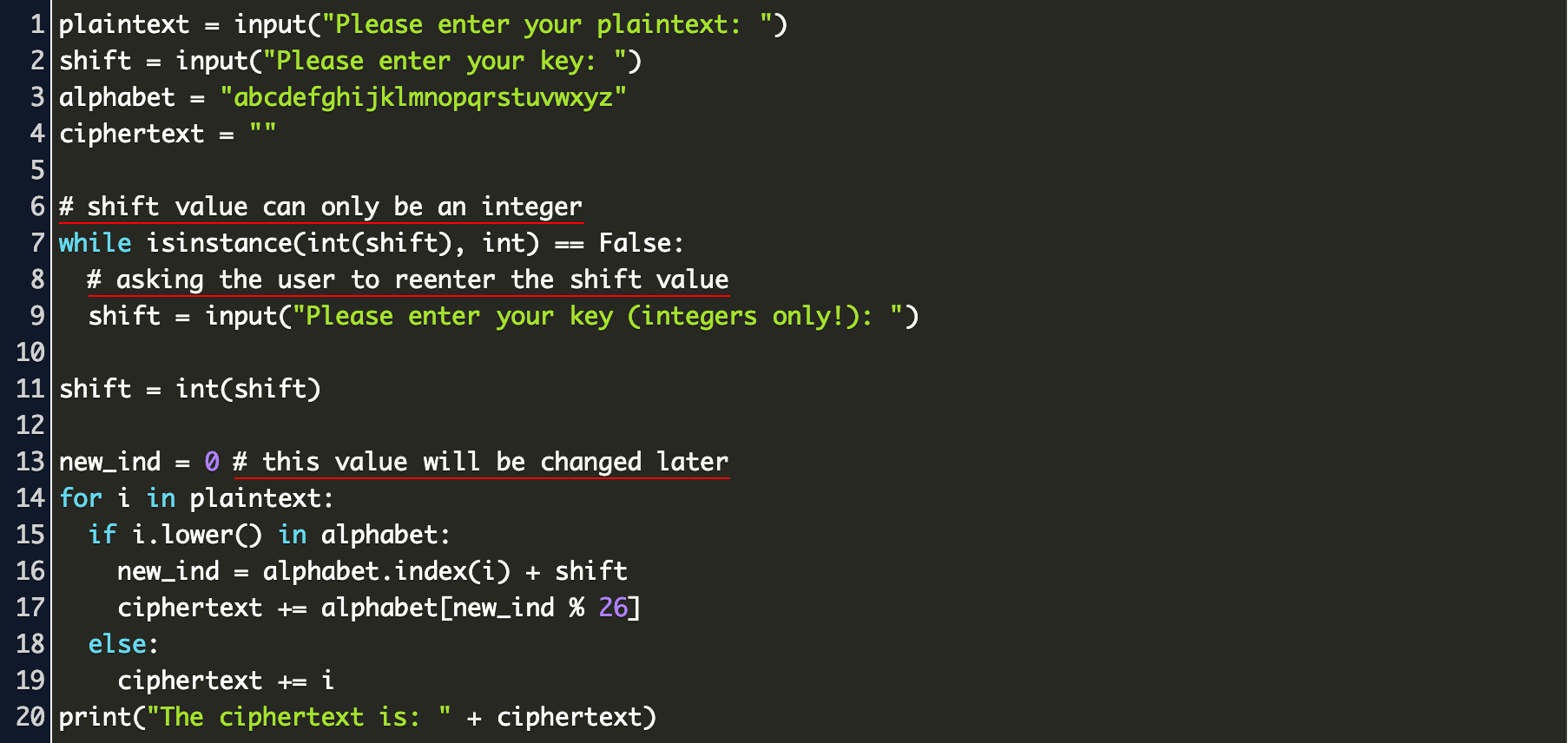

You can see the Caesar cipher, that is the output as shown in the following image − Explanation # Encrypt lowercase characters in plain text

# Encrypt uppercase characters in plain text The program implementation of Caesar cipher algorithm is as follows − The following diagram depicts the working of Caesar cipher algorithm implementation − It is simple type of substitution cipher.Įach letter of plain text is replaced by a letter with some fixed number of positions down with alphabet. The algorithm of Caesar cipher holds the following features −Ĭaesar Cipher Technique is the simple and easy method of encryption technique. This chapter talks about Caesar cipher in detail. In the last chapter, we have dealt with reverse cipher. Decryption of Simple Substitution Cipher.Message = message() #Run function for user to enter message. Print("Invalid response, please try again.")Ĭhoice = choice() #Runs function for encrypt/decrypt selection. Options = īest_option = īest_key, guess_rate = max(enumerate(best_option), key=lambda x: x)Ĭhoice = input("Do you wish to Encrypt of Decrypt?") _how_many_do_i_know(text):Ĭlean_words = filter(lambda x: x.isalpha(), text.split())Ĭlean_words = ['\')'.format(",".join(clean_words)) This part is for broot force and guess throug dictionary frequency. Position = (alphabet.find(letter) + offset) % self.alpha_len def _encrypt_letter(self, letter, offset=0): Processed_letter = processed_letter.upper()Īll encryption goes here at most. Processed_letter = self._encrypt_letter(letter_to_process, offset) Also here i've proceed upper case and non chars def _call_(self, text, offset, encrypt=True): In this case cycle will repeat at if you going to shift whole alphabet it will be the same. when you want to decrypt for example with shift 10 that means that you can encrypt it with shift 26 - 10. Print ("Your ciphertext is: ", cipherText1,"with negative shift of",encryption_shift)īutton1= Button(menu,text="encrypt",command=encrypt)īutton2= Button(menu,text="decrypt",command=decrypte)īutton3= Button(menu,text="exit",command=exit)įrom string import ascii_lowercase as alphabetĮncryption and decryption is a same stuff. StayInAlphabet1 = ord(c) - encryption_shift Print ("Your ciphertext is: ", cipherText,"with a shift of",shift)Įncryption=input("enter in your encrypted code")Įncryption_shift=int(input("enter in your encryption shift")) Shift = int(input("What is your shift? ")) PlainText = input("What is your plaintext? ") Table = string.maketrans(alphabet, shifted_alphabet) Shifted_alphabet = shifted_alphabet_lower + shifted_alphabet_upper Shifted_alphabet_upper = alphabet_upper + alphabet_upperĪlphabet = alphabet_lower + alphabet_upper Shifted_alphabet_lower = alphabet_lower + alphabet_lower Shift %= 26 # Values greater than 26 will wrap around (Quoted from The Python Standard Library by Example). The function maketrans() creates translation tables that can be used with the translate method to change one set of characters to another more efficiently.

The Python Standard Library defines a function maketrans() and a method translate that operates on strings. Placing cipherText before the start of the for loop will solve your problem.Īdditionally, there is an alternate approach to solving this problem using Python's Standard library. As pointed by others, you were resetting the cipherText in the iteration of the for loop.


 0 kommentar(er)
0 kommentar(er)
